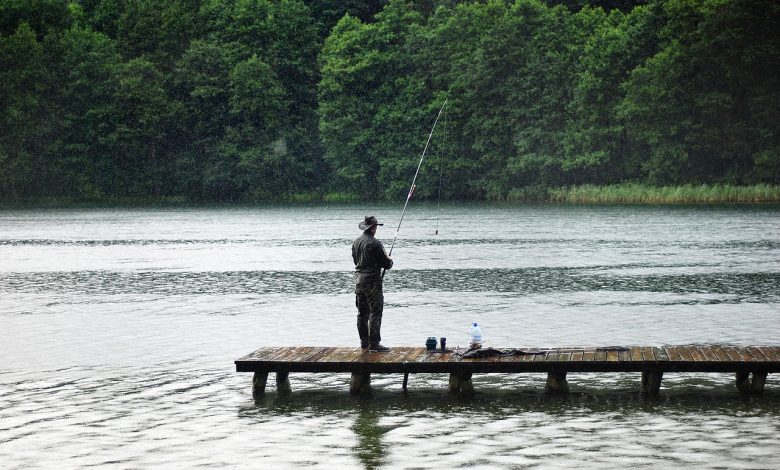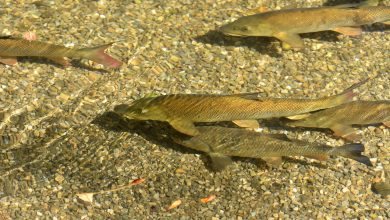How To
How to Hook a Fish When It Bites

For many people, there’s nothing quite like the satisfaction of reeling in a big one. If you’re new to fishing, though, the process of actually hooking the fish can be a bit confusing.
Fortunately, it’s not as complicated as it might seem.
Here are tips to help you hook a fish when it bites:
- Start by threading your line through the eye of the hook. If you’re using bait, you’ll also want to thread the bait onto the hook and attach the bait to the hook. This can be done by simply threading it on or using a special bait connector.
- Once your line is threaded and the bait is attached, pull the end of the line tight so that the loop is small enough to fit over the top of the fishing rod’s eyelet.
- Next, wet your hands and hold onto the end of the line above the eyelet. This will help to keep the line from slipping when you cast your line into the water.
- Take your time when casting your line. Try to avoid jerky motions, as this can cause the line to become tangled. Instead, smoothly extend your arm forward and release the line when your hand is at shoulder level.
- Now it’s time to reel in your line. Begin by turning the handle of the reel clockwise until you feel resistance—this is when you’ll know that you’ve got a bite!
- Once you’ve got a bite, quickly but gently pull back on your rod until it’s at a 45-degree angle from where it was originally positioned.
- Now comes perhaps the most important part: setting the hook. To do this correctly, you’ll need to use a quick jerking motion with your wrist as you simultaneously reel in some slack from the line. It sounds complicated, but with a little practice, you’ll get the hang of it in no time!
- Once you’ve set the hook, start reeling in your catch! Again, try to avoid jerky motions—a smooth and steady pace will do just fine.
- If you’re using live bait, such as earthworms or minnows, now would be a good time to release their captive—let go of your line and allow them to swim away. This will give them a good chance of survival if they aren’t able to be reeled in
- And that’s all there is to it! Remember these easy steps next time you go fishing and you’re sure to have a long and successful day out on the water.
Conclusion
Fishing isn’t nearly as difficult as it looks—and with these tips, you’ll be an expert angler in no time! So, get out there and enjoy all that nature has to offer—and don’t forget to bring home dinner while you’re at it!




